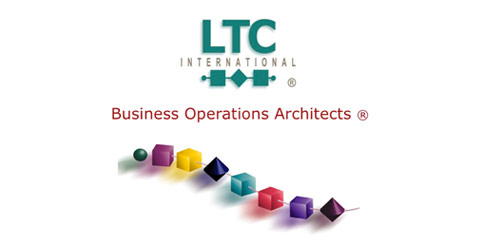|
|

article
page | 1 | 2 | 3 | 4 | 5 | 6 |
are not paying enough for transport of the data that allows the users to click those ads. Social networks like Facebook, MySpace, Bebo, Friendster, Tagged, and Linked-In are capturing millions of user connectivity hours.
It is already clear that in the future the network operator will not “own the customer.” This is the fall of a main tenet of service provider business models. It has profound implications on OSS/BSS. If the customer is not ours, why spend so much insuring customer satisfaction? Why deploy Contact Centers? If you cannot bill for a service, why should we care how a service performs? What will we do with these massively expensive revenue assurance platforms?
|
|
|
Services today are very much like fads, racing like wild-fire through the user community. Many are short lived; most are displaced by marginally better or cooler services. |
|

location, especially where presence, location, and the specific technology via which the customer is connected (right now) can be linked together. And the embedded internal platforms for OSS/BSS services, like monitoring, reporting, billing, and settlement transactions, might be turned outward as collaborative services (such as aggregated billing for distribution of a media companies content). And maybe, trusted company
|
|
|
 |
 |
If the “customer ownership” is lost, what avenues are left for the service provider to leverage? Service providers probably can hold onto the “last mile” of access – at the home and at the mobile device, not as the only supplier of services, but as the provider of the best quality, most comprehensive access to information. Deep Packet Inspection is increasingly possible in real time for broadband networks. Likewise on cable plants, DOCSIS can be used to engineer QoS based on the type of data stream. These technologies might allow fair use traffic management, at least at the network edges, where connections are usually of lower speed, but will these be used to provide a quality experience for the user or as a toll bridge to charge all comers?
What else can networks offer besides QoS for bits? It is possible today to determine the specific applications that generate the traffic. QoS specifically tailored to services and applications (for example, shaping traffic and setting latency to maximize Oracle transaction rates) is a perhaps the strongest card the service provider has for the future.
For a while, Service Providers may be able to leverage specific customer information, particularly near-real-time information contained in services like presence and
|
|
| status could allow for service providers to continue supplying “trusted,” secure, and always available services. But eventually, even these could be usurped by web companies.
OTT services actually are a mix of technologies, vendors, and platforms. It includes:
- Downloaded applications which use point-to-point technology and the compute-power of the users computer to deliver IP services
- Peer-to-Peer, mesh network delivered and supported applications, which leverage many user platforms, most of which do not directly participate in the service transaction, but which silently loan capacity
- Widgets hosted on Portals, meant to keep users inside the portal environment
- RSS feeds of all sorts of media
Each of these requires different policies for the Service Provider and each creates different management challenges in the network. Each may also require different models for revenue recapture.
article
page | 1 | 2 | 3 | 4 | 5 | 6 |
|
|
|
|




